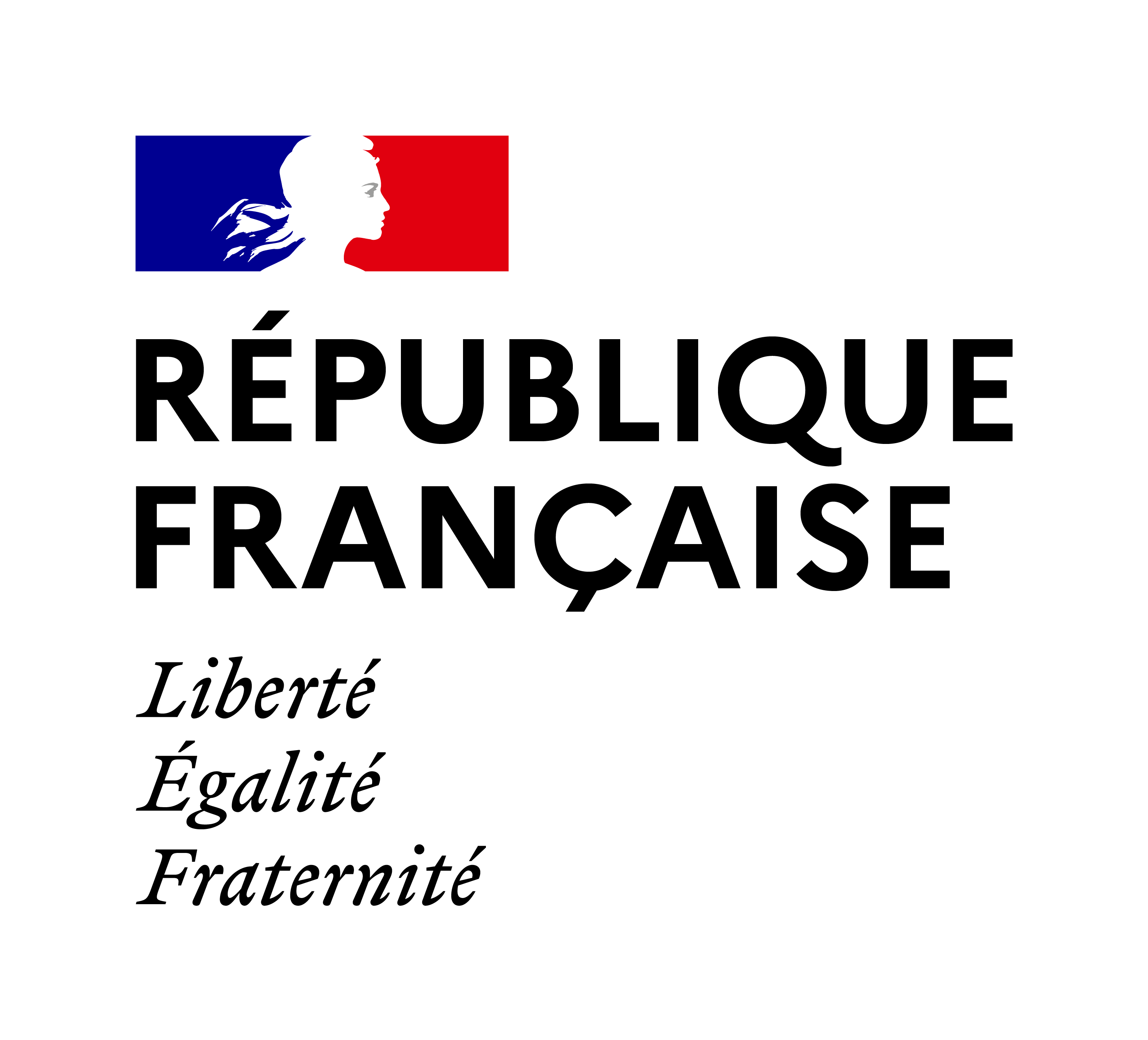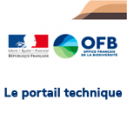Monitoring of Humpback whales in the Indian Ocean
Within the framework of the MIROMEN program, 11 whales were equipped with GPS tags in order to better understand their migratory flows.
Southern Hemisphere humpback whales (Megaptera novaeangliae) migrate each year from Antarctic feeding grounds to tropical areas where they gather to mate and calve. Their migratory cycles interest a lot of scientists and satellite monitoring has been undertaken in different parts of the world. If these routes are now better known, some unknown areas remain, especially in the south of the Indian Ocean.
To remove these unknowns, the MIROMEN mission (MIgration ROutes of MEgaptera Novaeangliae) was born. Implemented by the Globice association in partnership with the departmental service of Reunion of the OFB and the Wildlife Conservation Society (WCS), this program consists in studying the migratory routes of these cetaceans by telemetric monitoring.
After a first part in 2013, the MIROMEN II mission took place between 2019 and 2022. This operation has equipped 11 humpback whales with Argos satellite tags. At the same time, skin samples were taken to determine the sex of the animal and to proceed with its genetic identification.
The trajectories taken by these 11 individuals are mapped at the rate of reception of the signal emitted by the tags to the satellite. Today, two tags remain active after more than 100 days of activity, the others having been expelled naturally by the animals' bodies. They continue to provide valuable information on the trajectories taken by humpback whales to reach their feeding grounds in Antarctica and their breeding grounds in the Mascarene Islands. These data could allow, in collaboration with neighboring countries, to preserve key sectors for the completion of the species' life cycle.
A difficult task
Placing a tag on a whale is a rather complicated process. Currently, less than a dozen people in the world are capable of placing tags on cetaceans.
Implanting a tag is mostly a question of patience, observation and understanding of the animals' movements.
Although the size of a whale is around 12 and 15m long and weighs about 30 tons, the tag must be placed in a precise location: a rectangle of barely 1m by 0.5m located on its back slightly in front of its dorsal fin.
The scientific team must approach within 2m of the moving animal, on a boat that also moves according to the sea and weather conditions. This approach is done as gently as possible and requires a lot of anticipation from both the person in charge of tagging and the pilot, who communicate between them silently.
The tag's attachment system is then fixed on the animal's skin with a special gun, and the tag then transmits its position each time the whale surfaces. After a few weeks or months, the whale eventually "evacuates" the equipment, in the same way that splinters can be naturally drop from the skin.
Cooperation in the Indian Ocean
Several meetings at the international level have been organized in recent months to facilitate exchanges and action between the various organizations present in the Indian Ocean. The 1985 Nairobi Convention constitutes the privileged framework for international cooperation related to the management and development of the marine and coastal environment of the East African region.
In November 2022, in Madagascar, the territorial delegation for the Indian Ocean of the OFB has thus participated in the negotiations of the Nairobi Convention's protected areas protocol, alongside the French Ministry of Environment. As a member of the French delegation, the OFB provided technical support on the French revision of the protocol.
This meeting followed a first regional cooperation mission with Mauritius. The OFB's territorial delegation was also mobilized to establish bilateral partnerships with local actors on shared themes such as scientific research, education and sustainable development.




